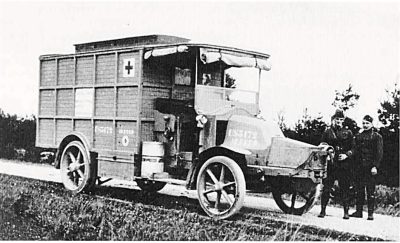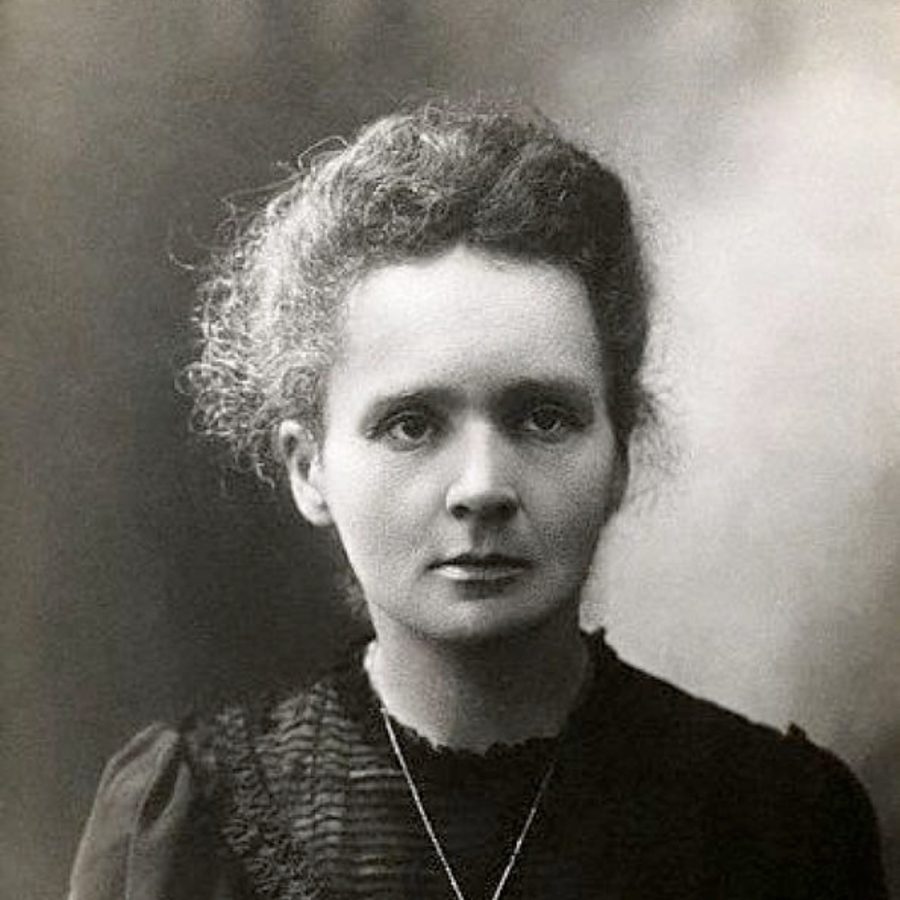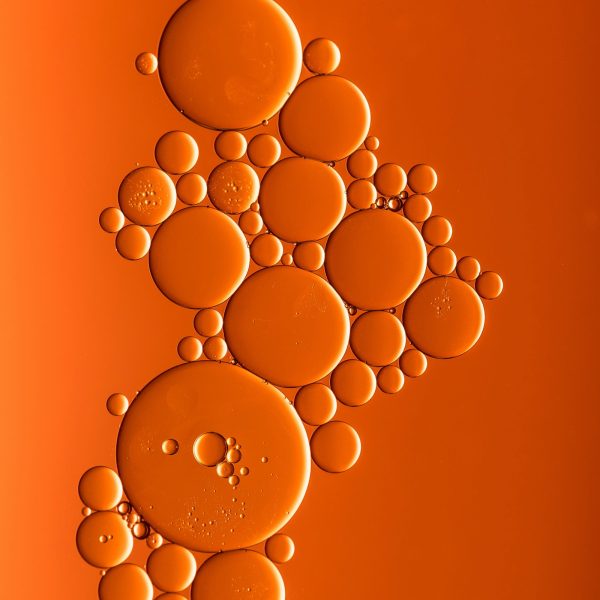Madame Marie Curie is perhaps one of the most well-known female scientists. You will definitely know someone who has benefitted because of Marie’s work. Find out more about her below.

Growing up
Marie Curie was born in Warsaw, Poland, on November 7, 1867. We know her now as Marie Curie, but her name when she was born was Maria Skłodowska. It seems like Marie was always destined to have the career she did, with her father being a teacher and having a great scientific understanding. Her father taught her a lot of the scientific skills she would use later in her life.
Even though Marie was set on her career in science, the journey to get there wasn’t an easy one. The universities close to her didn’t allow women to study there. And, due to illness, her sister and mother sadly passed away. This meant that the family became very poor and Marie struggled to move away for university.
Career
She eventually moved to Paris to study physics at the Sorbonne and graduated after six years of studying. Whilst she was here, she met Pierre Curie, her work partner and husband. Marie and Pierre spent many hours in the lab together and discovered 2 elements, Polonium and Radium. Both Polonium and Radium were radioactive, which meant that they emitted strong rays that could pass through solid objects. This set the basis for X-rays, where these elements were used to pass through the body and show inside. The X-ray machines she built were used during World War 1, and were called Little Curies!

Legacy
At the time, the impact of radiation on the body wasn’t understood, and Marie ended up passing away from an illness caused by radiation. It’s easy to see the legacy that Marie Curie has left. She has saved so many lives with the invention of X-rays, and you might have had one yourself. She also paved the way for many women in science, especially women in physics. She has lots of accolades, such as:
- Being the first woman physics professor at the Sorbonne in 1906
- Being the first woman to receive a Nobel Prize
- Being the only woman to receive two Nobel Prizes
Learn about Marie, and other women and non-binary people in physics through the song below.






